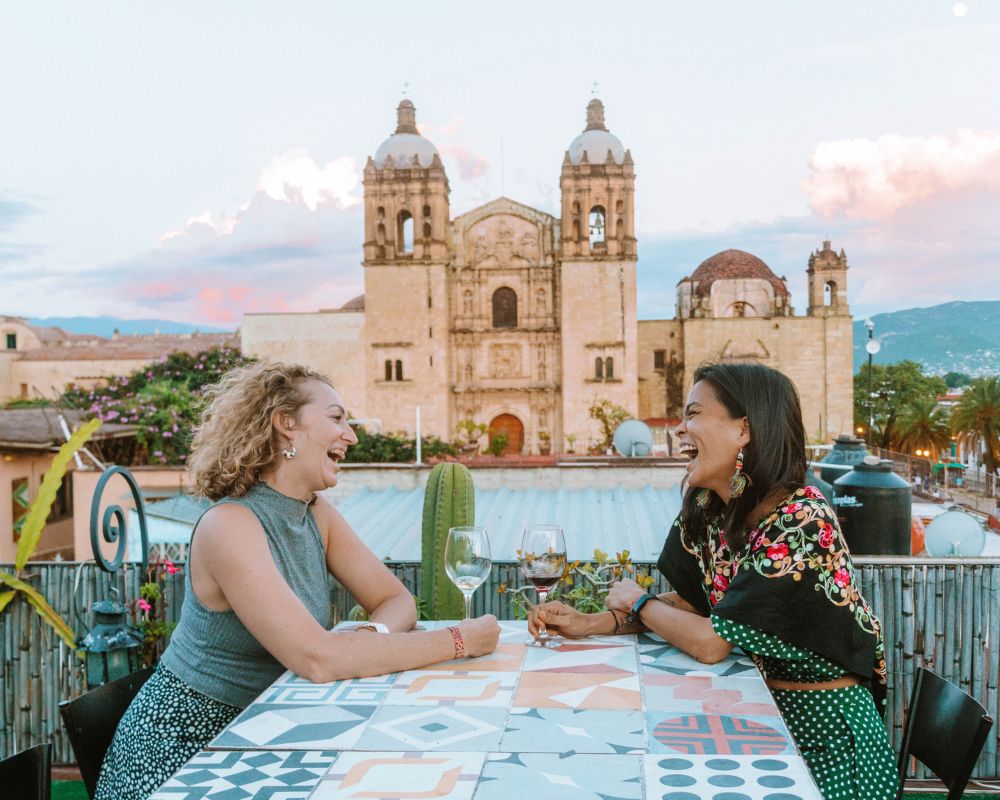
?? Hola! My name is Trisha and for the past 8 years, I have visited all 32 states of Mexico! In this guide, I will discuss the best Mexico digital nomad destinations based on my personal experiences.
Hi Trisha! I love your digital nomad lifestyle! I can see that you are having a blast in Mexico. I am in the United States and have started working from home. How hard it is to be a digital nomad in Mexico? I’m starting to get used to working from home and I see no problems with moving to Mexico unless I discuss it with my employer. Should I do that? My question is, what are the best Mexico digital nomad destinations? Muchas gracias! – Ashlie Noel, USA
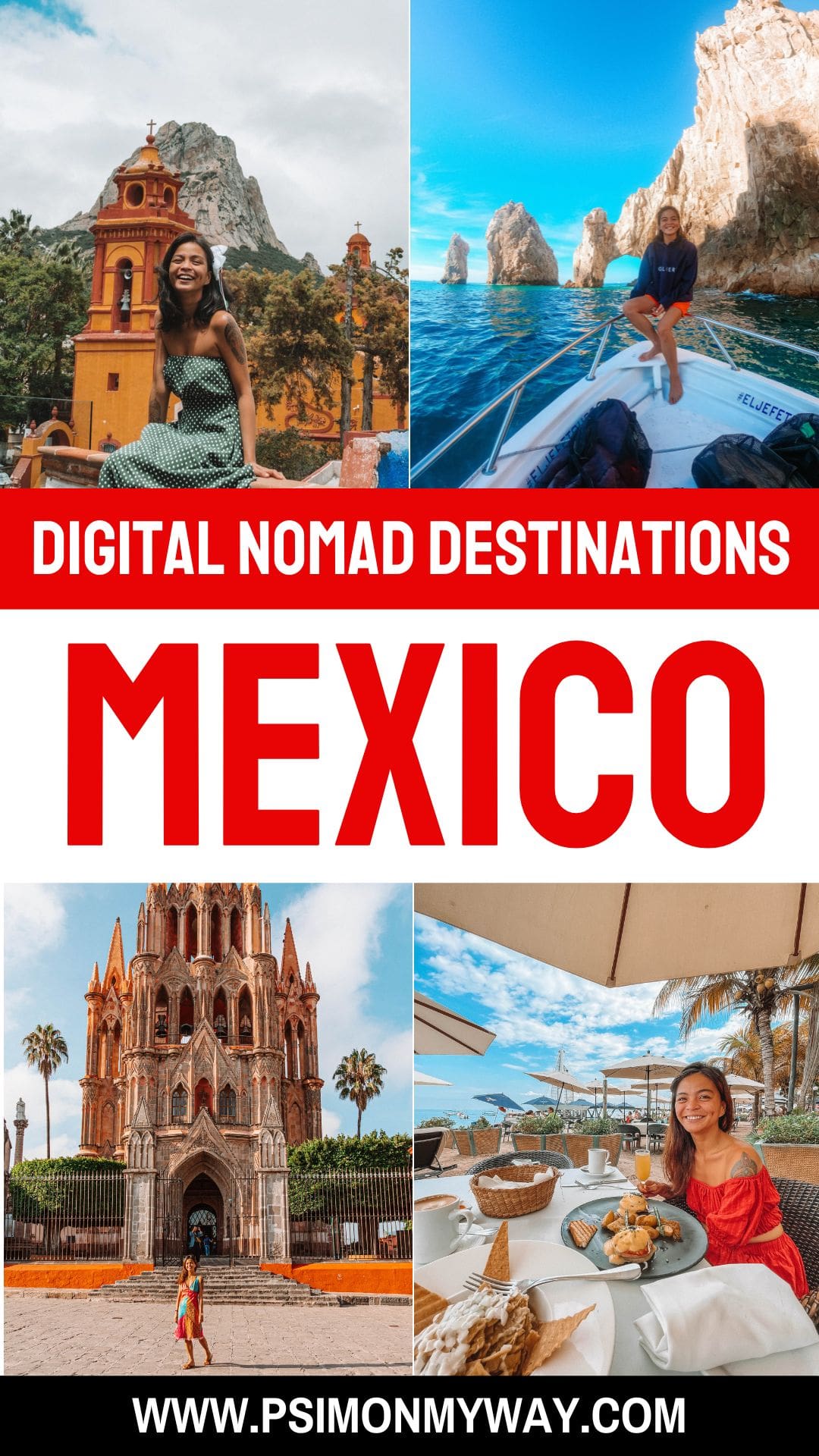
Hey Ashlie,
Thank you for reaching out! I have been living in Mexico as a digital nomad since 2018 and have tried different destinations in the country.
There were many places I visited in Mexico that were more challenging than the others. As a matter of fact, I left my old base, Sayulita, in October 2020 after two years of living there because the Internet situation in Sayulita was really bad for the type of job that I do.
Being a small town, Sayulita’s infrastructure is not that developed yet so no matter how much I wanted to push the beach lifestyle, I still needed to prioritize my job.
I hope you’ll find your digital nomad base in Mexico! If you have any questions that weren’t answered in this post, please feel free to send me a message on Instagram. Good luck, and let me know what you decide!
Xx, Trisha
At P.S. I’m On My Way, I always aim for honest and transparent journalism. Although there are many digital nomad destinations in Mexico (this country is big!), I am only going to talk about places that I have personal experience with. I will still continue to travel around Mexico and update this post as I go!
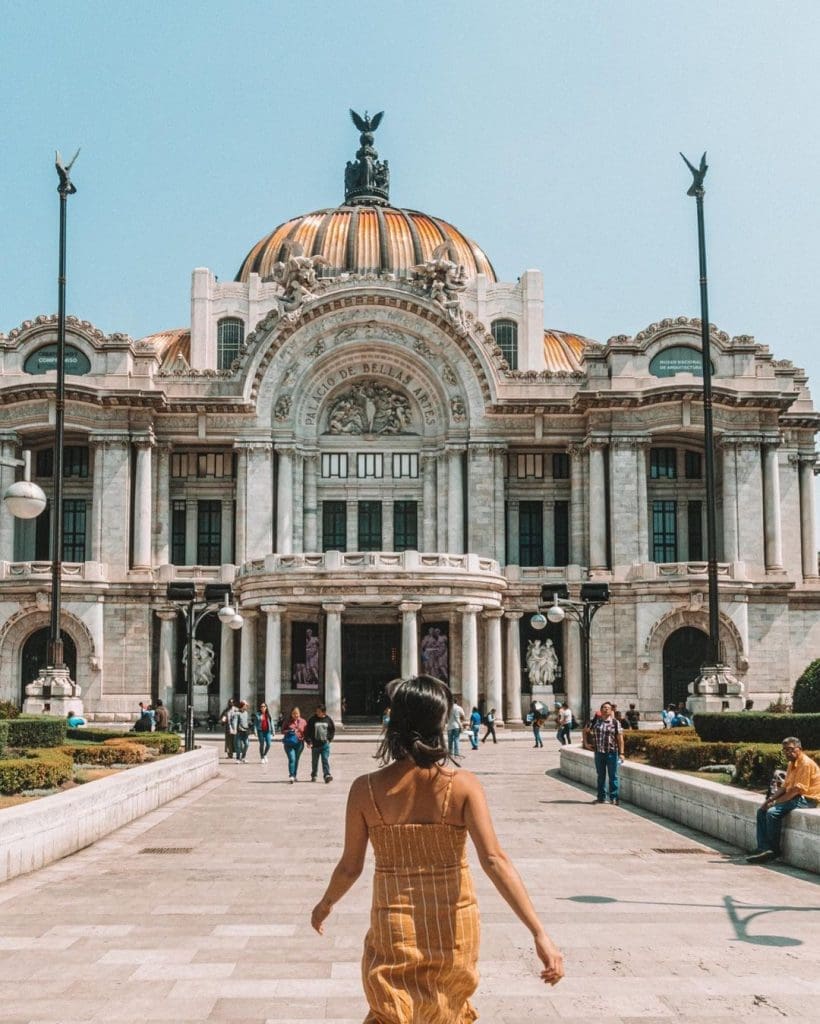
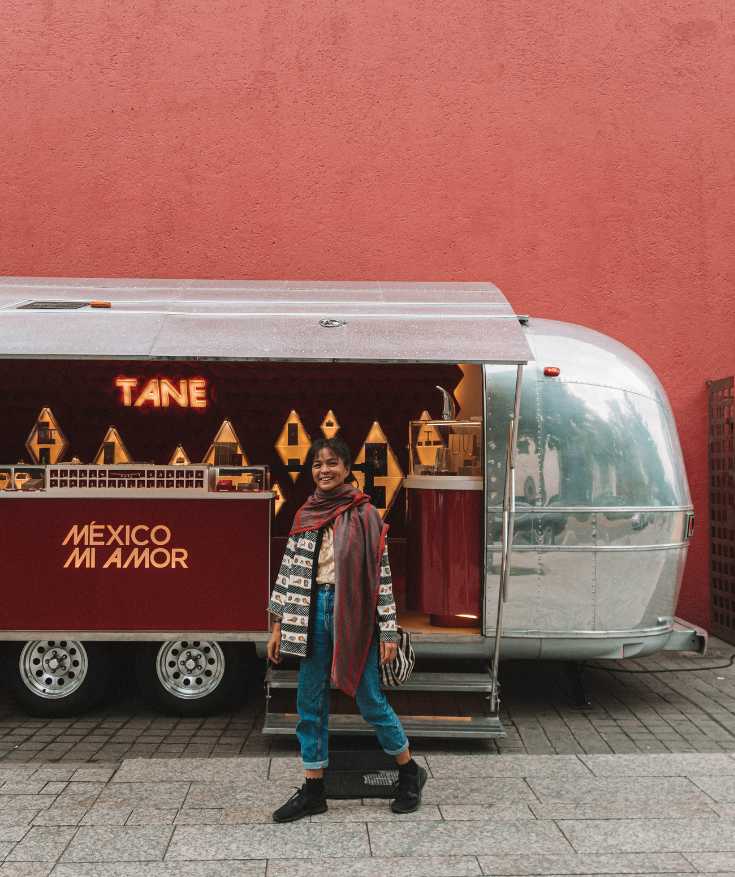
I lived for a few months in Mexico City and really enjoyed the vibe there. The people are friendly and almost everyone in the area where I lived can speak English.
Internet speed is at 18 Mbps in most home routers and cafes. The Co-Working space culture is slowly growing. Apartment costs are very affordable if you’ll share with roommates.
For example, I shared a 3-bedroom apartment for $300 USD per month without bills. Long-term Airbnbs are at $25 USD per day for one person but you can definitely ask hosts for long-term rental discounts.
It’s relatively easy to find apartments in Mexico City as long as you know the right people. The only negative thing about being a Mexico City digital nomad is that it is very polluted.
Additionally, Mexico City is sinking by an estimated one meter (3.2 feet) every year, while it is facing a water crisis at the same time.
For digital nomads, monthly living in Mexico City typically runs $800–$1,050 on a shoestring, $1,300–$1,900 midrange, or $2,000–$3,000+ for comfortable living, covering rent, coworking, food, transport, internet, and health insurance with reliable cafes, strong nomad networks, tourist-season spikes.
?️ Explore Mexico City’s digital nomad housing map
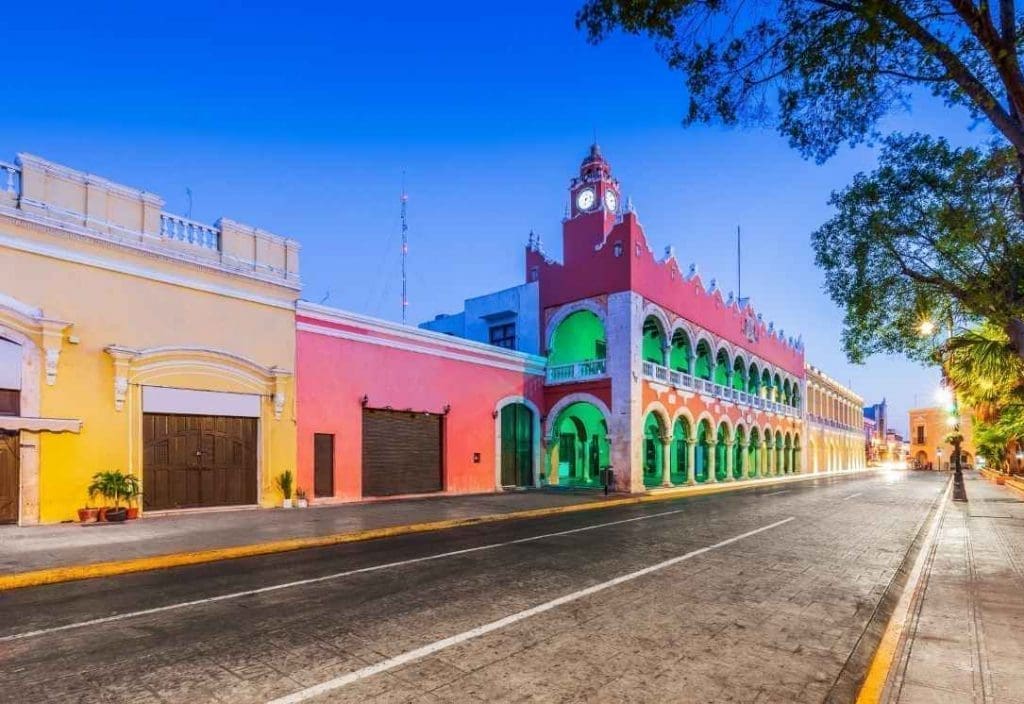
Merida’s WiFi is on the faster side, but overall, Mexico doesn’t compete with places that have a fiber connection. If you need lightning-speed internet or work on huge video files, etc.,
You might want to consider a portable WiFi device, but if that doesn’t apply to you, you should have no issues. Many expats who are living in Merida reported they feel very safe in this city.
The demographic in Merida skews older. Overall, the ex-pat and DN community is more of the 30s-50s crowd. There are plenty of cantinas and bars, but in general, it’s not a high-energy party town.
Monthly living in Merida for digital nomads typically ranges from $700–$1,200 for budget nomads, $1,300–$1,800 midrange, to $2,000+ comfortable, covering rent, groceries, fast internet, coworking, transport, healthcare, and occasional cenote trips and social life markets domestic flights and cultural events included.
?️ See the nomad housing map for Merida
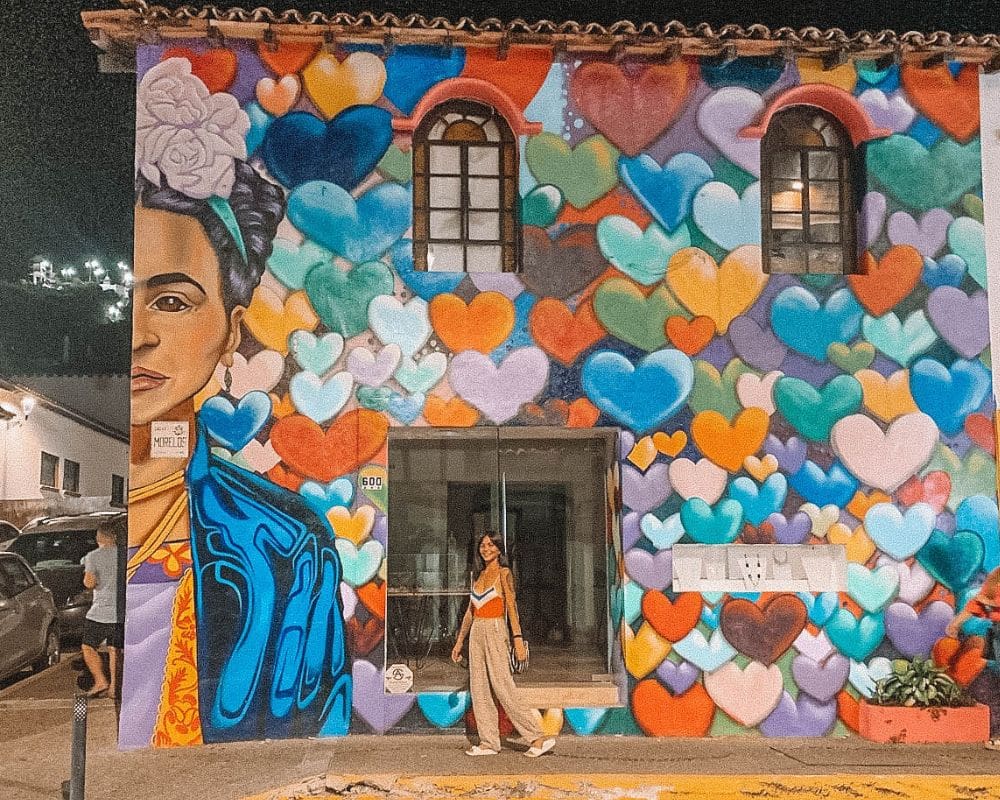
It’s relatively easy to come by fast WiFi speeds as a Puerto Vallarta digital nomad. Although some may not think this is fast enough, we get a 10 Mbps download and 2 Mbps upload at home.
It’s good enough for us to both teach English online through video lessons, which are quite demanding on the internet. Several neighborhoods have fiber optic cables installed, and a friend of mine had a speed of 40 Mbps download and 10 Mbps upload.
The co-working spaces have similar speeds. Puerto Vallarta is also the gay capital of Mexico. Lots of LGBTQ digital nomads feel safe here! They have a gay neighborhood that I really love to visit. I’ve seen it myself – there is freedom of expression for LGBTQs here.
In Puerto Vallarta, budget nomads spend $800–$1,200, midrange $1,300–$1,800, comfortable $2,000+, covering rent, groceries, dining, local transport, decent internet, coworking, healthcare, occasional boat trips, seasonal price spikes during high winter tourism and lively expat-friendly social scene year-round too.
?️ Open the Puerto Vallarta digital nomad housing map
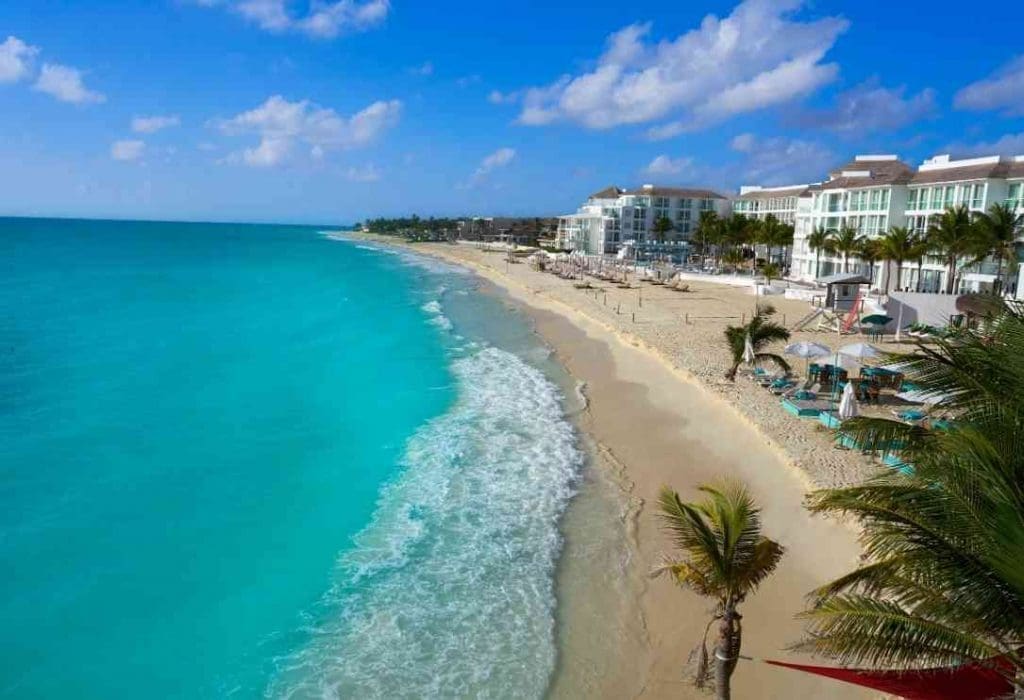
Playa del Carmen has an ideal balance of natural sights to explore, a lively party scene, and all the essentials that make digital nomad life a breeze. Smack bang in the middle of resort-heavy Cancun and Tulum, the jungle rave and boho capital, Playa is an interesting blend of the two.
Living in Playa del Carmen as a digital nomad is one of the greatest decisions I’ve made in my life! Also known as just ‘Playa’ by the locals, living in Playa del Carmen isn’t everyone’s cup of tea but I’ve certainly grown to love it.
I’ve traveled all around Mexico and while there are many places that I enjoy for a visit, Playa is to me, one of the most pleasant cities to live in.
?️ Check the Playa del Carmen map for digital nomad housing
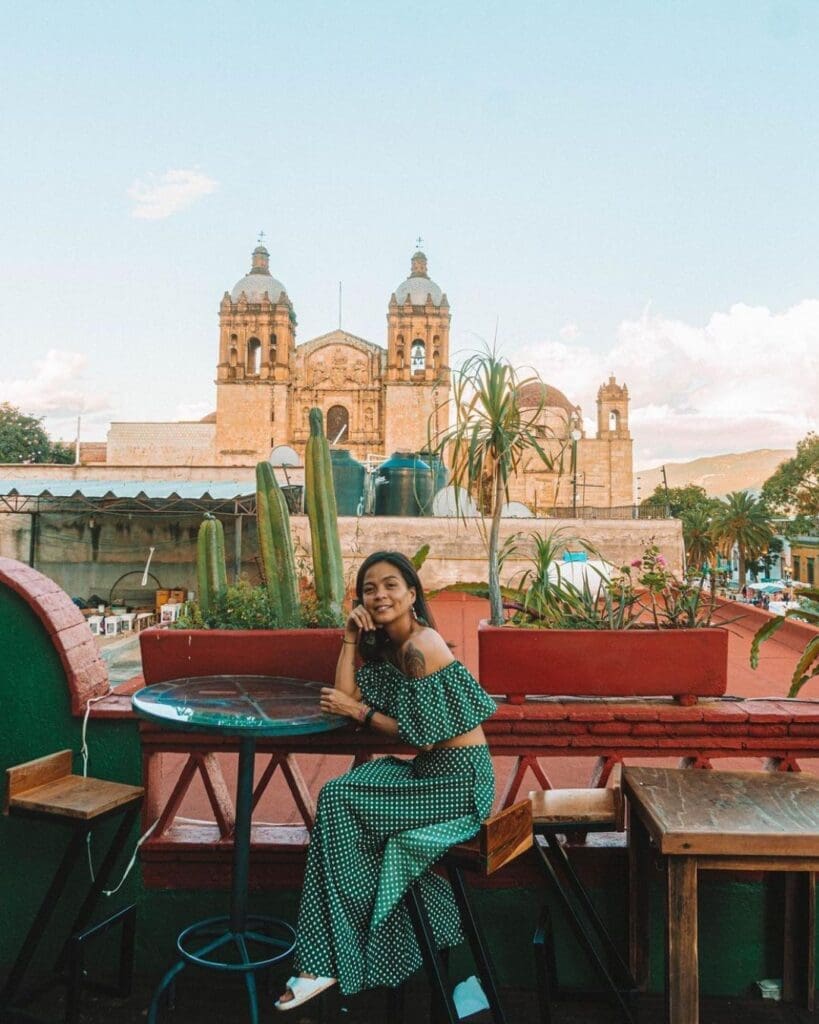
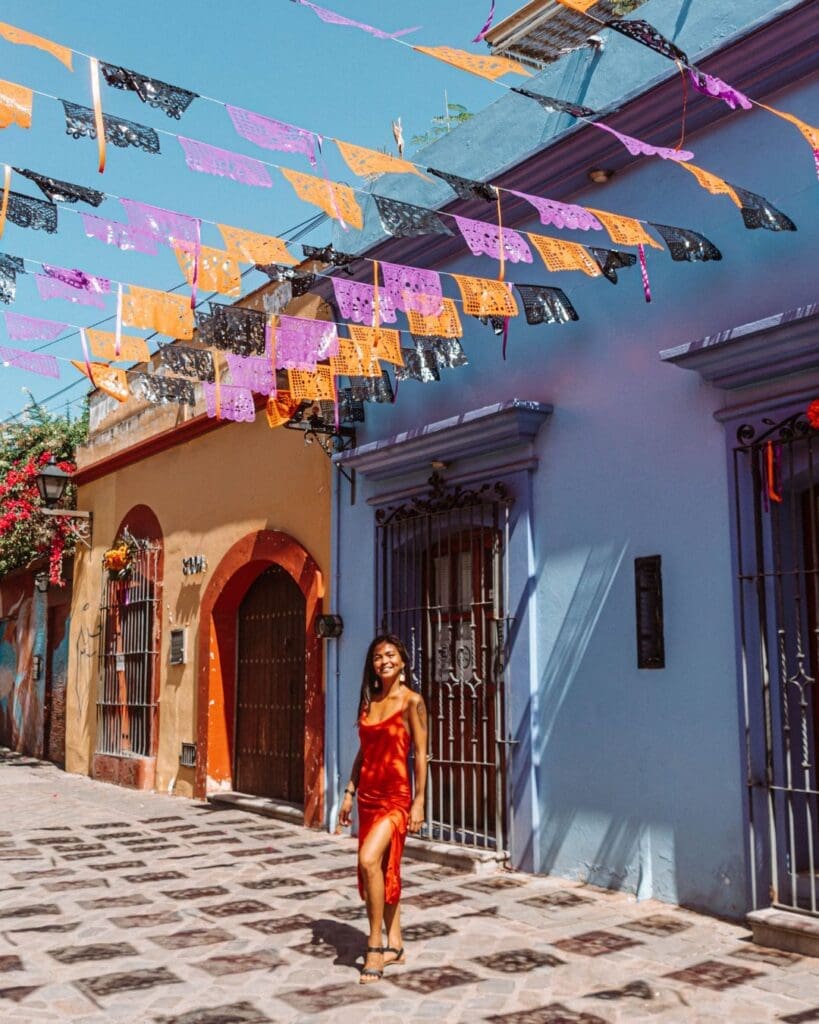
Oaxaca City has been growing as a base for digital nomads for the past few years, and as it continues to grow, it keeps getting better equipped for remote workers.
For those interested in culture and food, nature and history, local and ex-pat communities, the cost of living, and the feeling of being at home, Oaxaca is an excellent choice for digital nomads!
Oaxaca has a unique digital nomad scene. Where there are some cities, such as Chiang Mai, Medellin, or Playa Del Carmen, which happen to attract more digital nomads and many who are just passing through.
?️ View the digital nomad housing map for Oaxaca
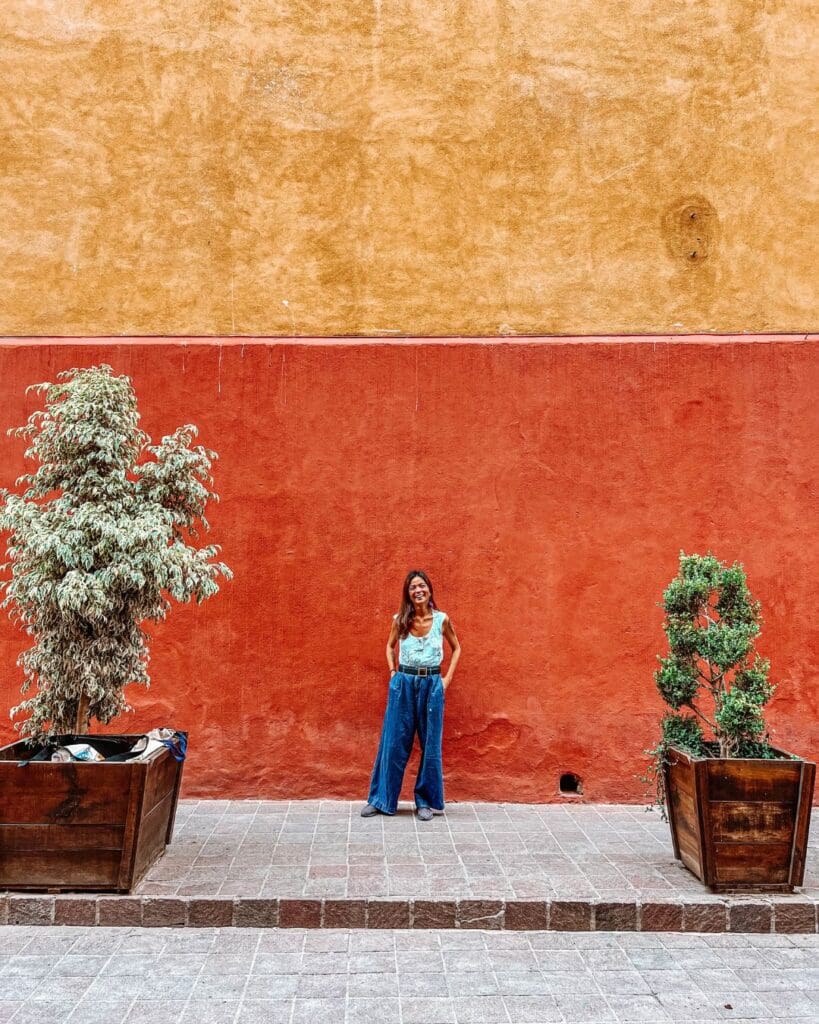
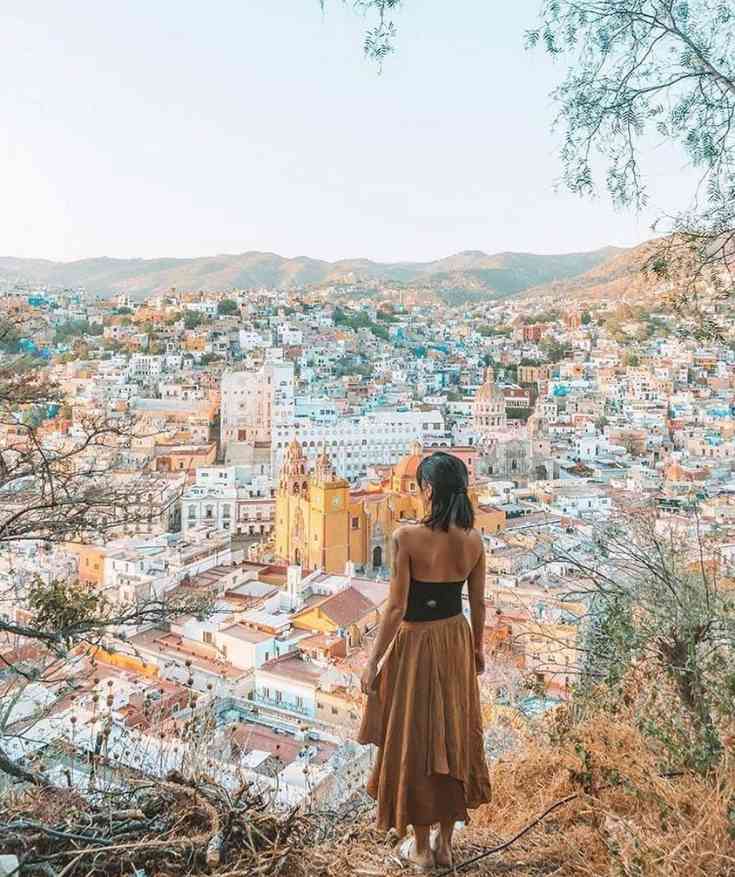
Being a digital nomad in Guanajuato was incredibly easy. There is a large university in Guanajuato, which means there are also lots of options in terms of coffee shops to work at, bars and restaurants to drink and eat at, and different events and festivals going on.
Nomad apartments are abundant in the city, and many hosts are willing to rent their places for the long term at a discounted price.
A lot of these hosts know that digital nomads are looking to rent their place, so they will either post on their listing the upload and download speeds of their internet, or they are willing to do a test for you.
Monthly living in Guanajuato City for digital nomads runs $700–$1,100 on a shoestring, $1,300–$1,800 midrange, or $2,000+ comfortable, covering rent, groceries, reliable internet, coworking, local transport, healthcare, and cultural outings, plus occasional domestic flights and weekend cenote trips.
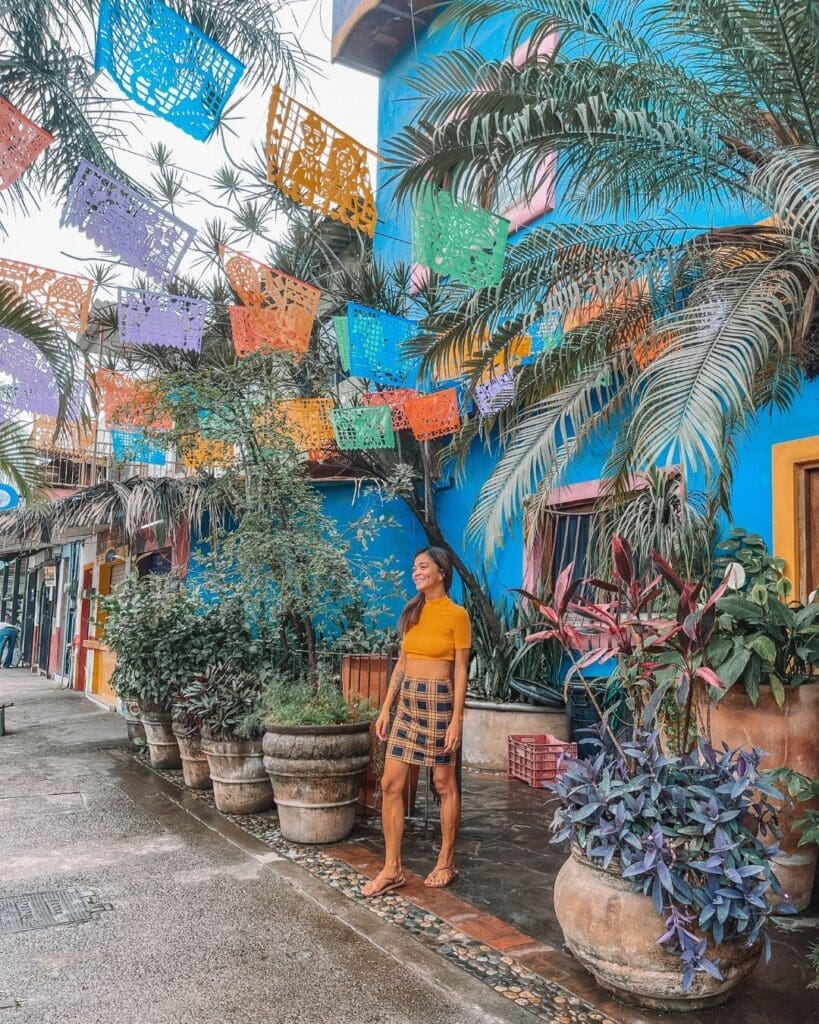
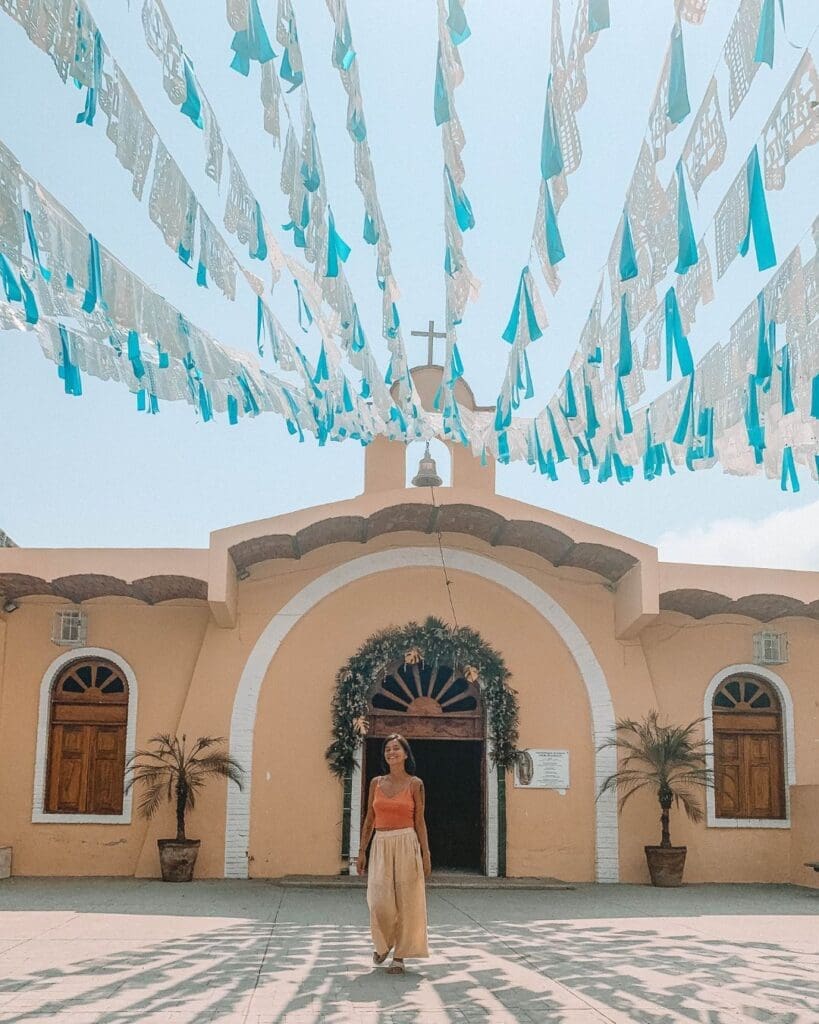
I’ve met many artists in Sayulita who are working remotely. Mostly from Canada and the United States, digital nomads choose Sayulita because of the beach and the tropical vibe.
Photographers are the most common digital nomads here as there are many opportunities for the photography business here. I rarely met people who are in the digital marketing niche.
Sayulita is beautiful and lots of digital nomads have aspired to live here – the beach, small-town surf vibe, close-knit community. However, it is way expensive than most Mexican beach towns (not Tulum levels though) but has very good internet. I lived here for a year and it’s one of the best years of my life!
Sayulita’s monthly costs for digital nomads typically run about $950–$1,600 on a shoestring, $1,800–$3,100 midrange, or $4,000+ for luxury, covering rent, utilities, internet, groceries, coworking, transport, healthcare, and seasonal tourism price spikes, plus occasional surf trips and weekend markets.
?️ Find Sayulita nomad-friendly housing via the map


Puerto Escondido has been a recent favorite in the Oaxacan coast but I have to be honest – I come here a lot and Internet has always been difficult. So far, there are only 2 co-working spaces in Puerto Escondido but if you want Internet in your own home, that would be a little complicated because fiber optic is not a thing here… yet.
As a young digital nomad, I do love living in Puerto Escondido as a digital nomad because of its very vibrant culture. This Mexican town has the reputation of being a party area but I don’t think they’re as crazy as Sayulita nightlife.
Puerto Escondido’s monthly costs for digital nomads typically run $700–$1,400 shoestring, $1,500–$2,200 midrange, and $2,500+ comfortable, covering rent, groceries, reliable internet, coworking, transport, healthcare, surf trips, and seasonal tourism price spikes, affordable local food, nightlife, and occasional domestic flights.
?️ Explore Guanajuato’s digital nomad housing map


It’s super hard to decide where to go in Mexico during the summer so I had two options: humid (Puerto Vallarta) or dry (La Paz) heat. I don’t think one is better than the other but dry heat won!
From June to October, it is extremely hot in Mexico but La Paz is great because I love that it’s windy at night. In Puerto Vallarta, we get zero winds, and even if it rains in the evening, it does not cool down. It makes it even hotter!
La Paz’s monthly costs for digital nomads typically range $700–$1,200 budget, $1,300–$1,800 midrange, and $2,000+ comfortable, covering rent, groceries, reliable internet, coworking, transport, healthcare, occasional boat trips, and seasonal tourism price spikes; affordable local food and friendly expat community.
?️ See the nomad housing map for La Paz

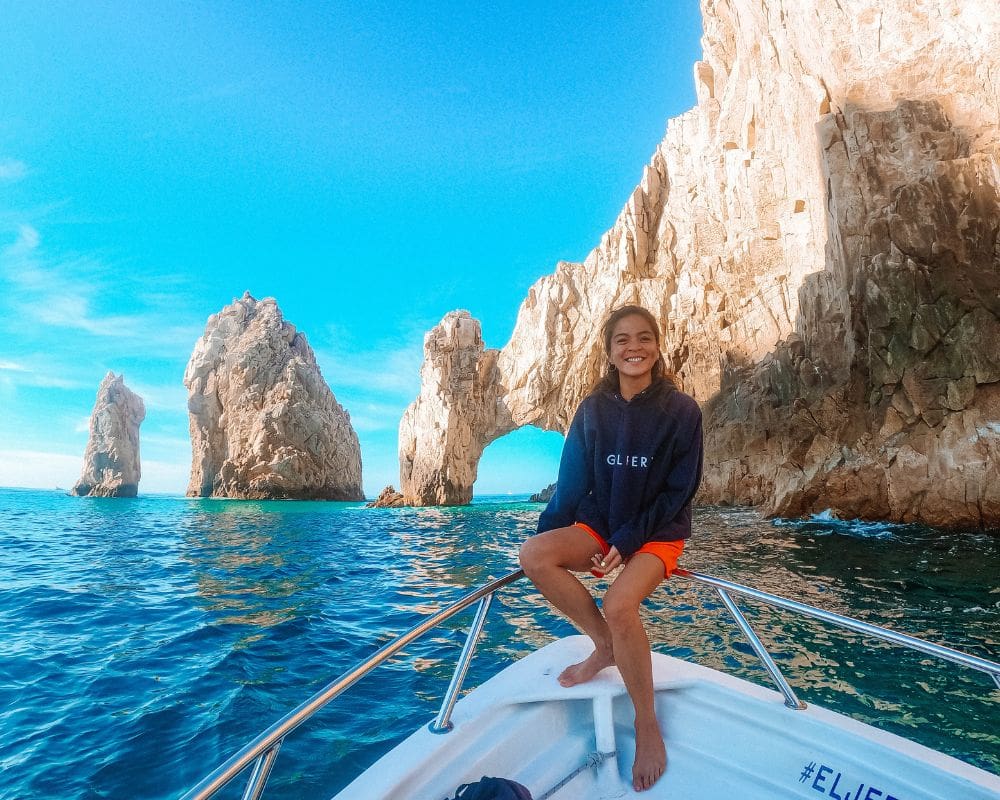
I currently live here and in 2023, I gave birth to a boy. I love calling Cabo home and I have experiences here both as a single digital nomad and as a digital nomad family.
Please note that there are 2 Los Cabos: Cabo San Lucas is lively, touristy, nightlife-focused, with beaches; San José del Cabo is quieter, historic, gallery-filled, more local, distinct charm. I am living in Cabo San Lucas with a house with a view of the arch!
Los Cabos attracts remote professionals, high-earning entrepreneurs, wellness nomads, creatives, short-term workcationers, surfers, and freelancers seeking reliable internet with upscale amenities and living.
Los Cabos’ monthly costs for digital nomads typically range from $1,200–$2,000 on a modest budget, $2,200–$4,000 midrange, to $5,000+ for luxury, covering rent, utilities, coworking, dining, transport, healthcare, and tourism-related price spikes, including seasonal flight surges premium beachfront rentals.
This is the most expensive of all digital nomad destinations, but you get the quality of what you pay for! If you need housing in Los Cabos, get in touch, and I will connect you with my realtor and trusted contacts.
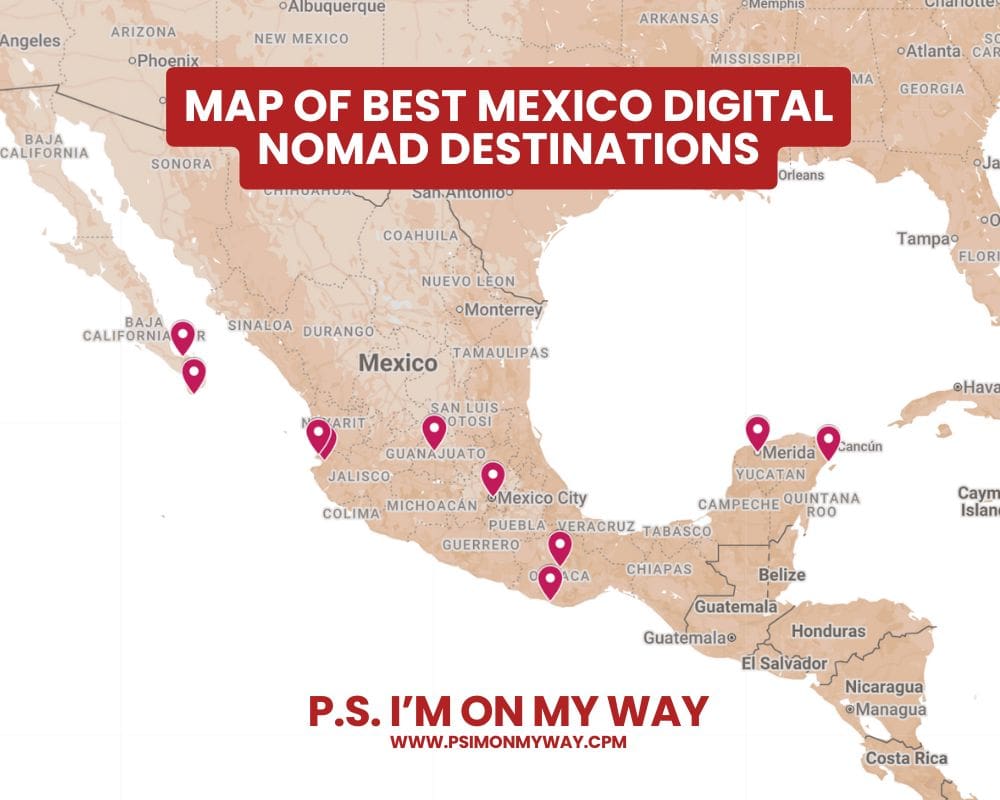
View these best Mexico digital nomad destinations on the map. [OPEN ON GOOGLE MAPS]
Expect $700–$1,200 for budget living, $1,300–$2,500 midrange, and $2,500+ for upscale coastal or luxury lifestyles depending on city and season.
Short stays (tourist entry) allow remote work for many nationalities; long-term stays require a temporary resident visa or temporary resident with work permissions for extended stays.
Mexico City, Guadalajara, Playa del Carmen/Playa hubs, and many parts of Mérida and Puerto Vallarta have the most consistent fiber connections and coworking options.
Inland colonial cities like Mérida, Guanajuato, and Oaxaca typically offer the best long-term rental value compared with popular beach towns and Los Cabos.
Mexico City, Playa del Carmen, Guadalajara, and Puerto Vallarta host the largest coworking scenes, frequent meetups, and active nomad communities.
Major cities have good private clinics and hospitals; nomads should buy international or Mexican private nomad insurance for treatment and evacuation coverage.
Safety varies by neighborhood; popular nomad areas and tourist zones generally have good security, but standard urban caution and local research remain essential.
Coastal towns like Playa del Carmen, Sayulita, Puerto Vallarta, and Los Cabos see price spikes in winter high season and holidays; plan bookings accordingly.
Major hubs have well-connected domestic flights and bus networks; Mexico City and Cancun (for Riviera Maya) offer the widest flight options and international connections.